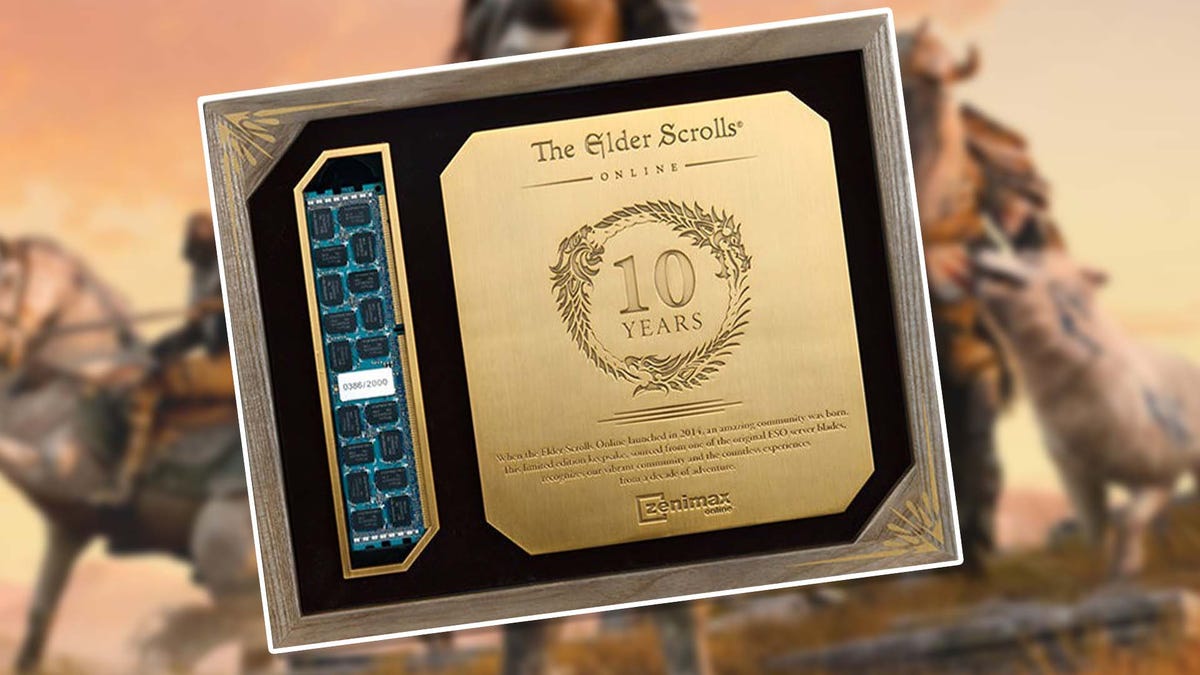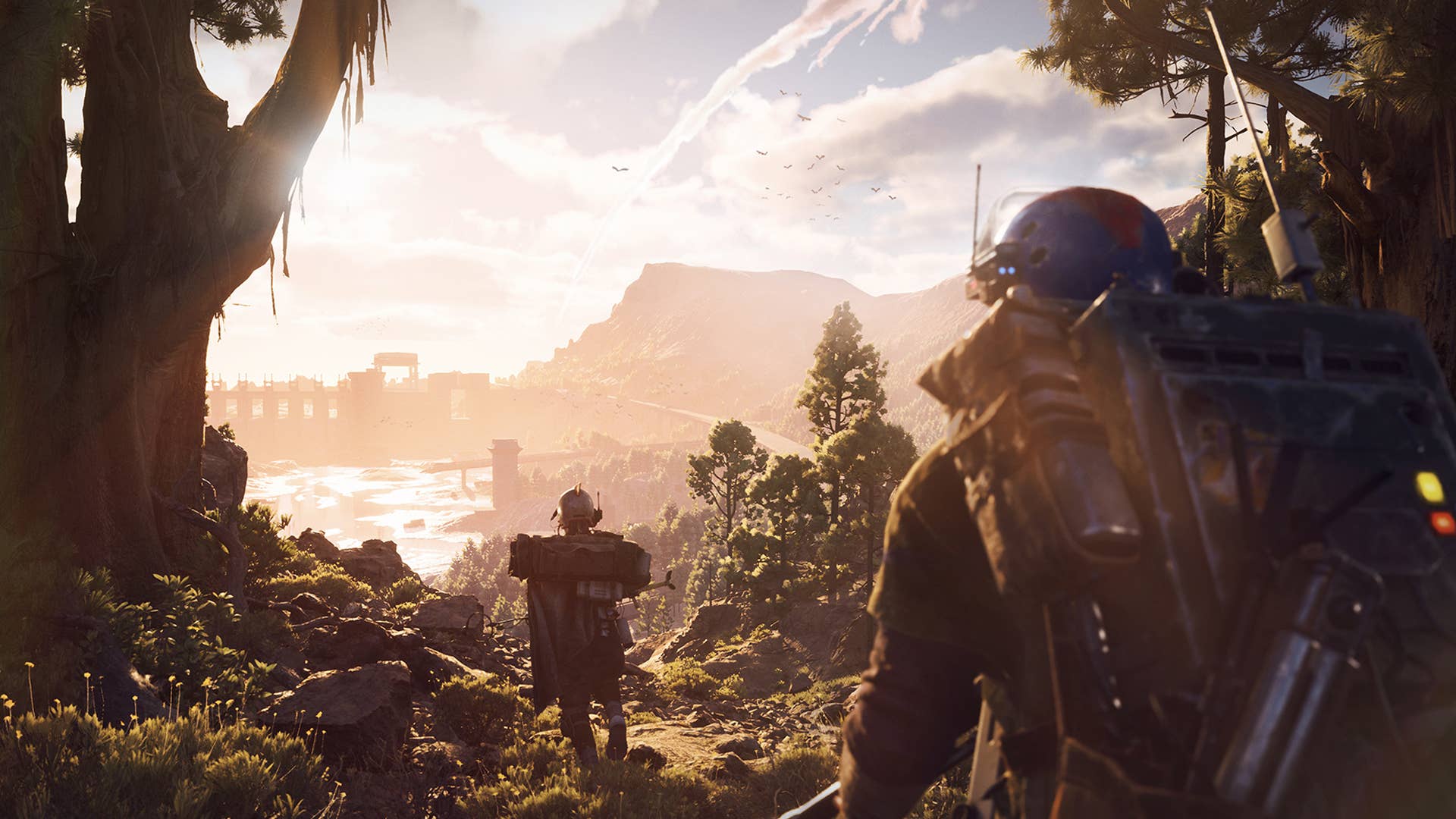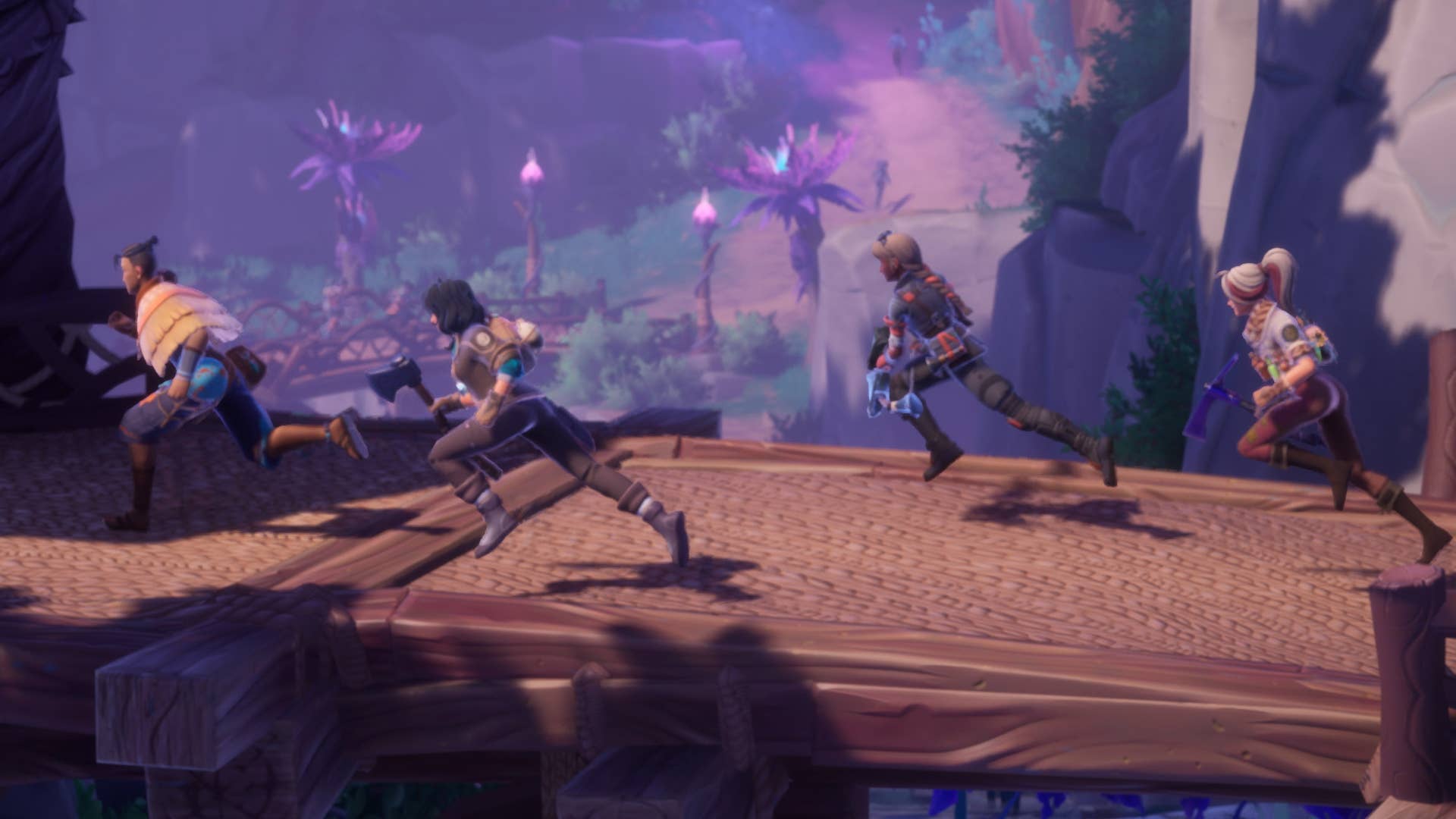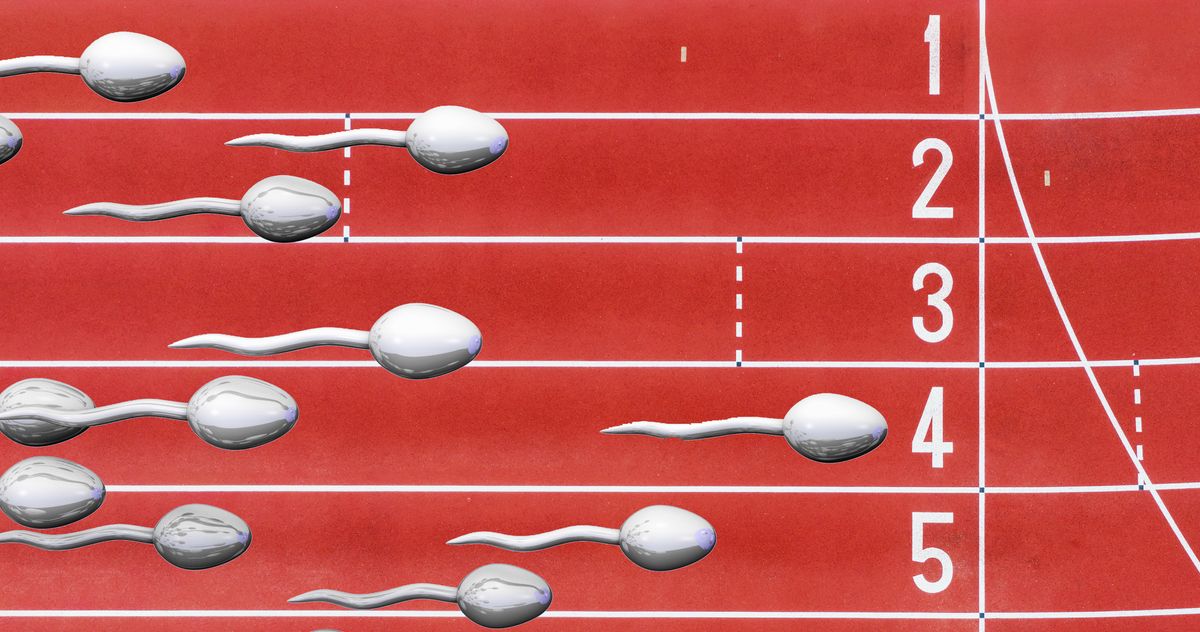Pokémon Go: Weakness chart for all types
Picking your favorite Pokémon can be tough enough with so many to choose from. But you also need to ensure you've got the right balance for your team. Types are the center of the gameplay, and knowing type strengths and weaknesses is important. Pokémon Go's type comparison chart is identical to the base games. If you're not familiar with that it, there are a lot of details to remember. It's basically a complicated version of Rock, Paper, Scissors, so we've created a chart to help you identify when to use the best possible Pokémon. How to find your strengths and weaknesses The chart below shows each single type of Pokémon in the central column. A Pokemon's weaknesses and resistances are to the left. To the right are recommendations on what attacks to use. Some Pokémon have two types, however. The result is a unique mixture of weaknesses and resistances, with too many combinations to put into a clean chart. There's some math involved, and it's slightly different from how the mainline games calculate damage. Beneath the chart is the exact math Pokémon Go uses. If you're not great at math (like me), remember these general rules: If a Pokémon's two types share a weakness or resistance, the effect is stronger. For example, Water and Ground types share a weakness to Grass. So if a Water/Ground Pokémon is hit with grass, it's even more effective. If a Pokémon's types have opposing strengths and weaknesses, they cancel each other out. For example, a Water/Dragon type is both weak and resistant to Electric-type attacks. Therefore, Electric-type attacks are neutral against Water/Dragon-type Pokémon. Image by Destructoid The more complex math below will help you to find the specific amount of damage you'll do against any given Pokémon. Keep in mind that the damage numbers you'll see may vary due to other factors, but this is the majority of the calculation. A Super Effective move multiplies your attack's power by 1.6. An attack that hits a resistance reduces its power to 62%. A move that normally has No Effect on a Pokémon in the main games still does 24% damage. If both of a Pokémon's types share a weakness, a move that hits will do 2.56 times the damage. If both types share a resistance, that attack will be at 39% power. A note about passives In the base Pokémon games, there's a mechanic called Abilities. These are passive powers that Pokémon have to help give them unique advantages in combat. These Abilities, however, are missing from Pokémon Go. You may be used to Gengar being immune to Ground-type attacks if you've played other Pokémon games. But he doesn't possess the Levitate ability in Pokémon Go. That means he is weak to Ground types due to being part Poison type. The post Pokémon Go: Weakness chart for all types appeared first on Destructoid.


Picking your favorite Pokémon can be tough enough with so many to choose from. But you also need to ensure you've got the right balance for your team. Types are the center of the gameplay, and knowing type strengths and weaknesses is important.
Pokémon Go's type comparison chart is identical to the base games. If you're not familiar with that it, there are a lot of details to remember. It's basically a complicated version of Rock, Paper, Scissors, so we've created a chart to help you identify when to use the best possible Pokémon.
How to find your strengths and weaknesses
The chart below shows each single type of Pokémon in the central column. A Pokemon's weaknesses and resistances are to the left. To the right are recommendations on what attacks to use. Some Pokémon have two types, however. The result is a unique mixture of weaknesses and resistances, with too many combinations to put into a clean chart.
There's some math involved, and it's slightly different from how the mainline games calculate damage. Beneath the chart is the exact math Pokémon Go uses. If you're not great at math (like me), remember these general rules:
- If a Pokémon's two types share a weakness or resistance, the effect is stronger. For example, Water and Ground types share a weakness to Grass. So if a Water/Ground Pokémon is hit with grass, it's even more effective.
- If a Pokémon's types have opposing strengths and weaknesses, they cancel each other out. For example, a Water/Dragon type is both weak and resistant to Electric-type attacks. Therefore, Electric-type attacks are neutral against Water/Dragon-type Pokémon.

The more complex math below will help you to find the specific amount of damage you'll do against any given Pokémon. Keep in mind that the damage numbers you'll see may vary due to other factors, but this is the majority of the calculation.
- A Super Effective move multiplies your attack's power by 1.6.
- An attack that hits a resistance reduces its power to 62%.
- A move that normally has No Effect on a Pokémon in the main games still does 24% damage.
- If both of a Pokémon's types share a weakness, a move that hits will do 2.56 times the damage.
- If both types share a resistance, that attack will be at 39% power.
A note about passives
In the base Pokémon games, there's a mechanic called Abilities. These are passive powers that Pokémon have to help give them unique advantages in combat. These Abilities, however, are missing from Pokémon Go. You may be used to Gengar being immune to Ground-type attacks if you've played other Pokémon games. But he doesn't possess the Levitate ability in Pokémon Go. That means he is weak to Ground types due to being part Poison type.
The post Pokémon Go: Weakness chart for all types appeared first on Destructoid.


































































-Baldur’s-Gate-3-The-Final-Patch---An-Animated-Short-00-03-43.png?width=1920&height=1920&fit=bounds&quality=70&format=jpg&auto=webp#)
































































































































































































